Call Us: (800) 633-1008
Int. + 1 (813) 251-5355
Int. + 1 (813) 251-5355
The area around the present city of Ljubljana has been populated since the Bronze Age, when the earliest known settlement consisted of wooden houses erected on stakes. Later, a Roman settlement called Emona was created in 15 AD, only to be sacked and devastated by the Huns, led by Attila, in 452 AD. The settlement was gradually revived and received town rights in the 12th Century. In 1335, Ljubljana came under Austrian Habsburg rule, which lasted until 1918.

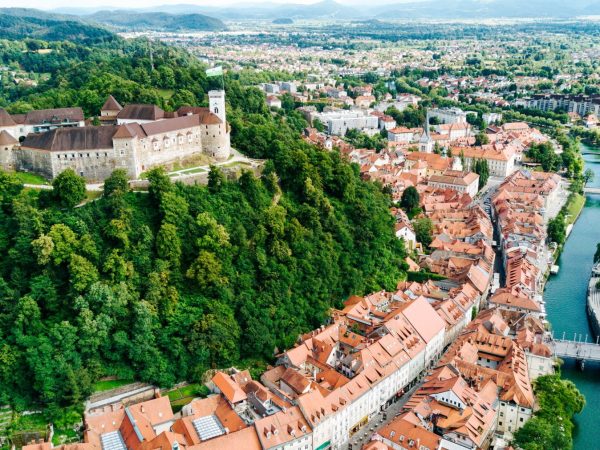
Slovenia is renowned for being a foodie destination and Ljubljana brims with top chefs, both established and emerging, and high caliber restaurants whipping up fine locally influenced cuisine. Visit the central market which is open daily and consists of an open-air market, located in the Vodnikov trg and Pogaarnev trg squares and a covered market situated in between the two squares.
Later, go on a walking tour of the old town which is filled with outstanding architecture in a variety of styles, from different periods in history, most notably the Baroque. Greatly influenced by the famous Ljubljana-born architect and urban planner Joe Plenik, you will hear his name many times! Find out why the dragon is the emblem of the city. You may walk (20 minutes) or take the funicular to reach the top of Castle Hill and the main sight of the city – Ljubljana Castle – which has 900 years of history. The castle offers great views over the city and the surrounding countryside.
Today, visit the beautiful and historic Bled Castle, which is also the oldest in the country. In 1004, the German Emperor Henrik II gave the Bled estate to the Austrian Bishop Albuin of Brixen as a gift. Today the castle is preserved as a museum, where you will be able to see various exhibits depicting the history of the region. Enjoy the sweeping views over the lake and the surrounding mountains.
Afterward, you will proceed to the beautiful Bohinj region, which is divided into the Upper and Lower Bohinj Valley. There are twenty-four typical Alpine villages in these two valleys. The journey continues with a cable car ride to the mountain Vogel (5,000 ft), from where there is a wonderful view of the lake and the surrounding parts of the Julian Alps.
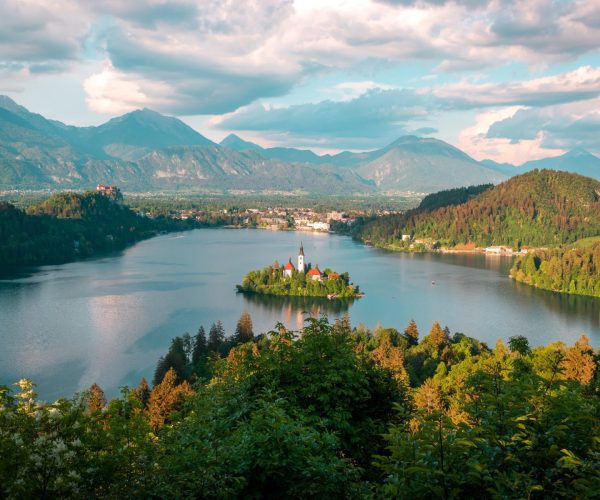
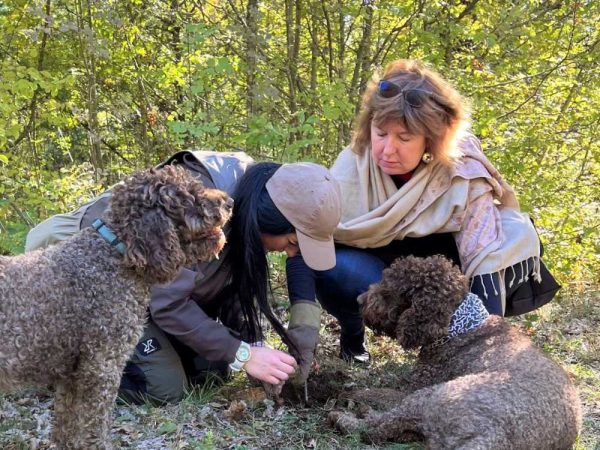
This morning, you will be transferred to Buzet in Croatia where you will meet a truffle hunter and his dogs. This is a family truffle business located in a small village. Head into their private woods to see how the dogs find the truffles!
Afterward, bring your find back to the farm and learn how to wash and prepare them. Your hostess will create a special truffle- focused lunch for you.
Spend the day in the Istrian countryside. The interior of Istria, with its rugged and hilly terrain, is very different from its coast. There are many picturesque villages in this area, such as the artist colony of Groznjan and the medieval town of Motovun.
The artist colony of Groznjan was all but deserted after WWII until it was revitalized as a center for artists. Groznjan is also a favorite of musicians, as the International Cultural Centre of Young Musicians has its seat here. You will have time to wander the twisting streets, filled with shops from local artisans, or perhaps to see in an impromptu music or drama performance in the main square.
Motovun is an excellent example of the ancient townships that dotted the Istrian peninsula long ago. We think it’s worth the long trek up to the top of the hill. Motovun is a medieval city that dates back to the 12th century, which thankfully remained intact owing to its hilltop location and walled fortifications.
Visit the Kabola winery for wine and olive oil tasting. This is a private family vineyard, and they are the only organic wine producer in the region.
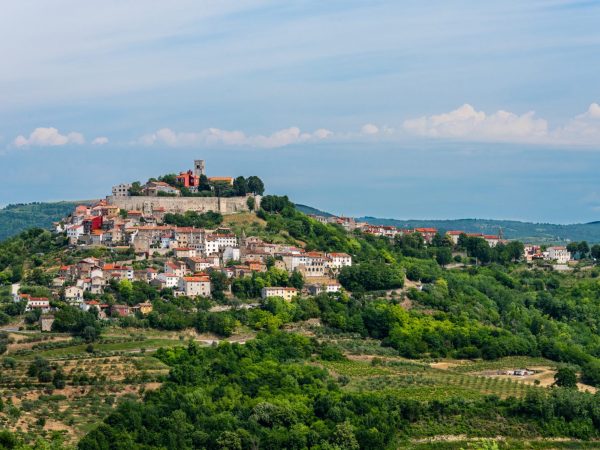
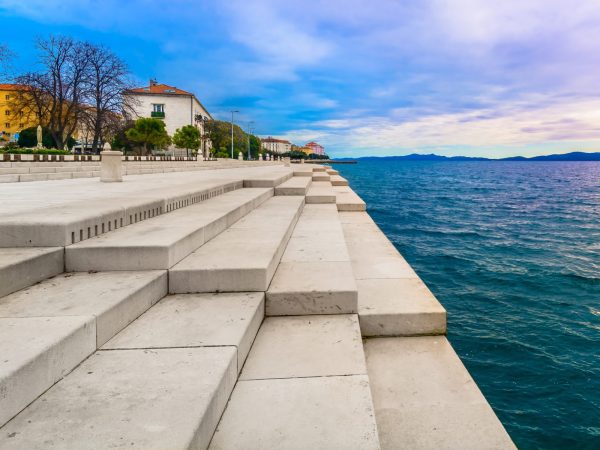
On your way to Split, visit the town of Zadar. This historic town has Roman, Byzantine, and Venetian architecture and was the most bombed town in Croatia during World War II. It has had something of a renaissance. The Zadar sea organ looks like a series of broad steps leading down into the water, but there´s very clever engineering hiding under the surface. The lower steps allow water and air to flow in. That water and air are then funneled into resonant chambers under the steps and pushed out through the channels on the upper stairs. These cause the undulating, chime-like notes to be produced. Because the sea is always shifting and changing, the sea organ never sounds the same twice.
Continue your way from Split to Hvar.
This morning, you will be transferred to Hvar town to take your private motorboat to the Pakleni Islands for half a day. There are 14 islands and you can discuss your route with your skipper. Having your own boat will enable you to explore the more secluded and less accessible islands for swimming and snorkeling.
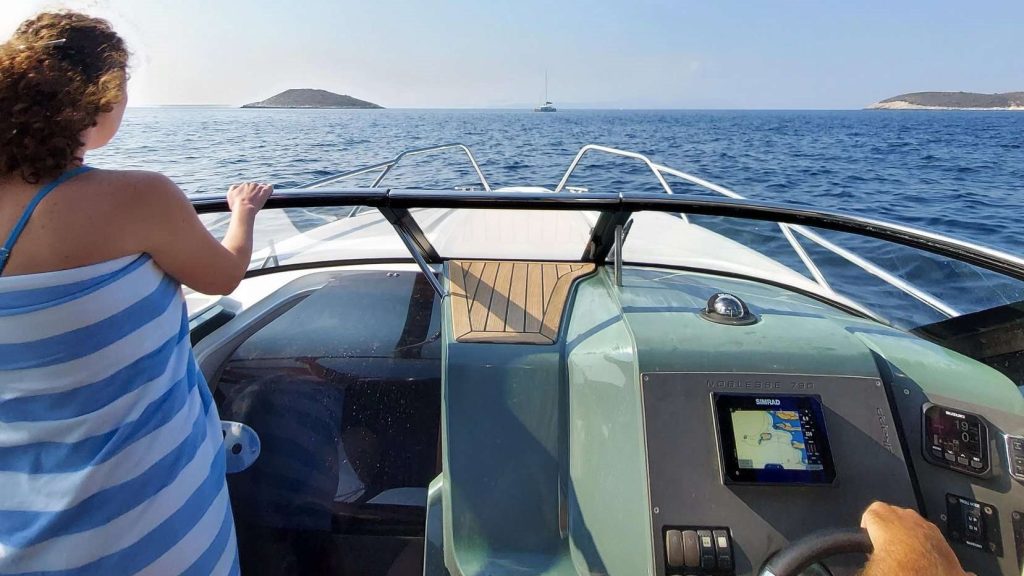
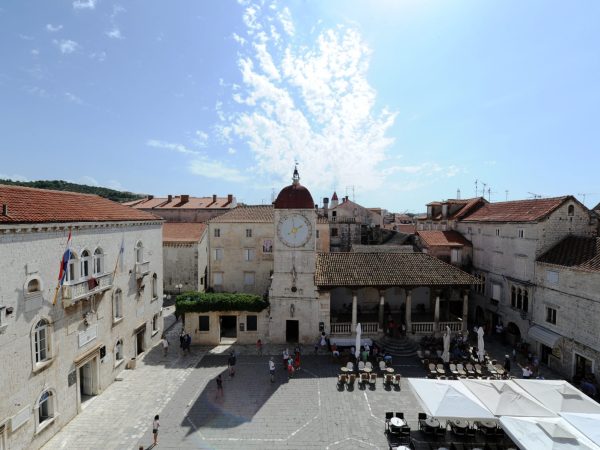
Your private speedboat will take you to Split Harbor Promenade.
Continue to a walking tour of the Old town. The Diocletian Palace, facing onto the Split harbor, is one of the most impressive Roman architectural monuments in existence and is protected as a UNESCO Heritage Site.
You will have the chance to explore some of the buildings within the boundaries of the Diocletian Palace complex, many of which are still homes, while others house cafes, restaurants, and shops. Like a typical Roman fort, in its original form, the palace was surrounded by a thick wall with gates and watchtowers. Some of the best-preserved sites you can visit are the Vestibule, the Temple of Jupiter, the Peristyle, and Diocletian’s Mausoleum now the Cathedral of St. Dominus.
It’s also wonderful to visit the local fresh market, for a look at some of the country’s best food and products.
Trogir is a treasury of cultural and historical monuments dating as far back as the 4th Century BC. Set on a small island just off the mainland, Trogir was first settled by the ancient Greeks, before falling under the Romans and later the Byzantines.
Destroyed by the Saracens and abandoned in the 12th Century, thanks to its strategic location the town was soon revived and became an artistic and cultural center under the Austro-Hungarians and later the Venetians. Listed as a UNESCO World Heritage site, Old Town Trogir is surrounded by a fortress wall with two gates and is connected to the mainland by a bridge.
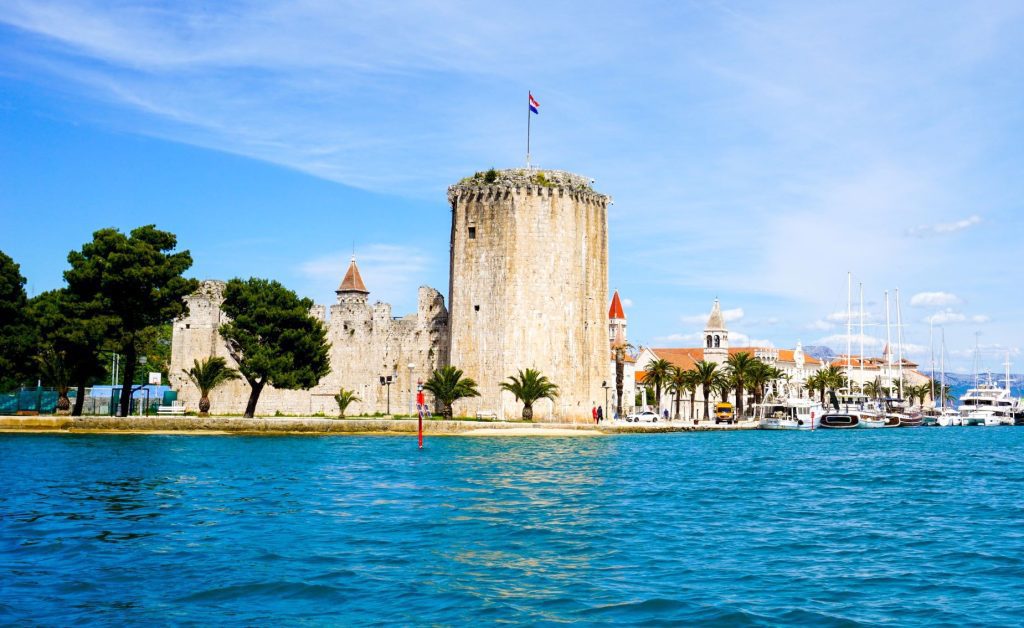
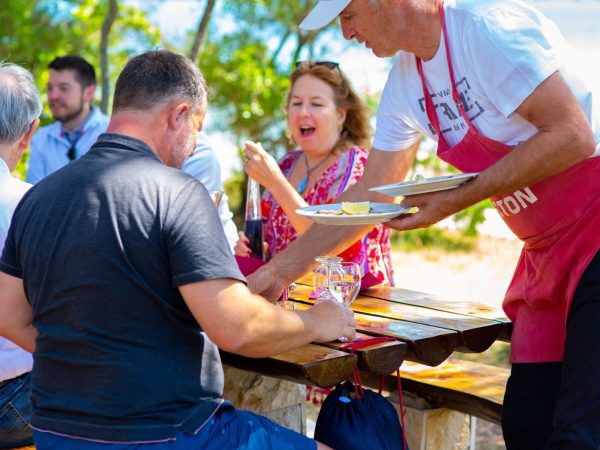
En route to Dubrovnik, you will drive to the Peljesac Peninsula. The peninsula is known for its fine vineyards and the best oysters in Dalmatia farmed in the town of Ston.
You will head to the oyster banks and see how these rare oysters and mussels are being cultivated in the region.
Then, join your oyster farmer on his little private island for a picnic lunch hosted by his family. You’ll have an oyster tasting and a light lunch of local specialties, along with local wine.
This morning you will enjoy an overview walking tour of the historic center of Dubrovnik, which is protected as a UNESCO Heritage site.
This afternoon, your driver will transfer you to Konavle, 40 minutes from Dubrovnik. You will really immerse yourself in local Croatian culture and learn how to cook some traditional Croatian dishes that are truly farm-to-table. Your hosts will teach you how to prepare some typical dishes in a cooking class. Then relax and enjoy the fruits of your labor!
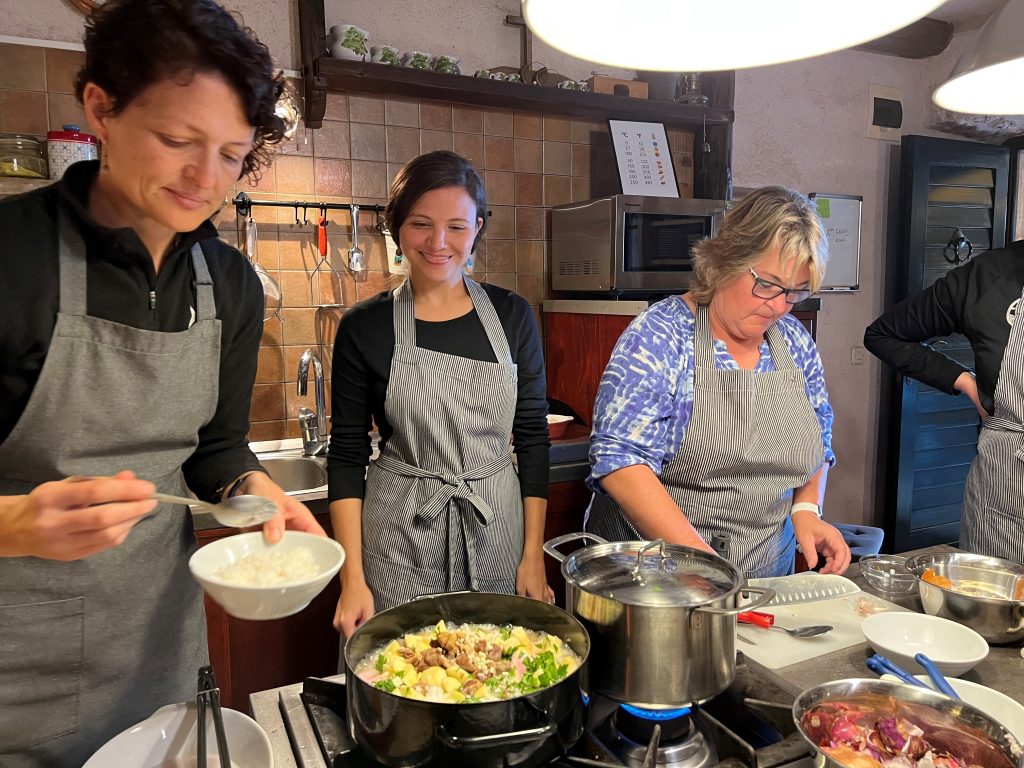
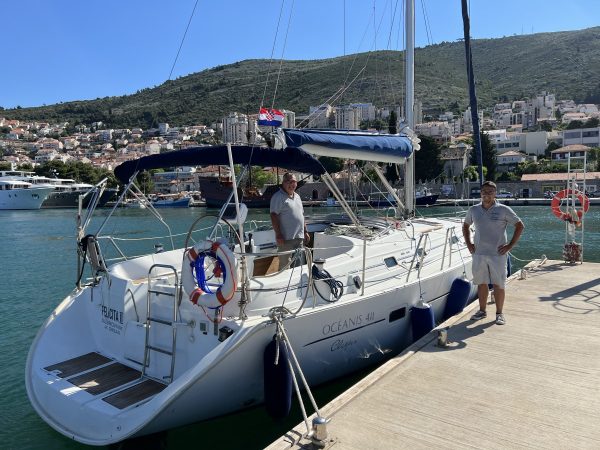
Lopud offers some of the finest examples of medieval architecture fortresses, monasteries, churches, and Rector’s Palace with valuable paintings by masters of the Dubrovnik school. Your skipper will show you the main sites and then you can explore the island at your own pace, or simply enjoy swimming. As you cruise today, swim and snorkel as you wish among the peaceful bays and sea caves.
You can also visit the largest of the Elaphite islands – Sipan – that has been inhabited since the days of the ancient Roman Empire. The island was renowned for its wineries and in the 15th and 16th century, many noble families from Dubrovnik built their summer homes here.
Want to extend your stay? Dalmatian coast combines ideally with Montenegro.
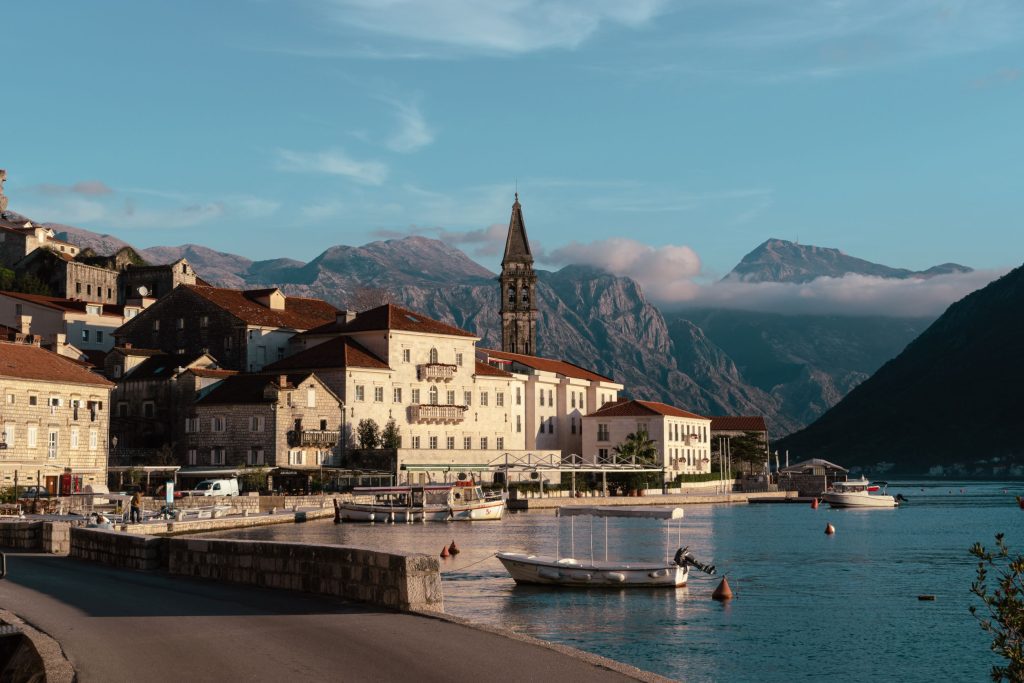

This morning, you will be transferred to Buzet in Croatia where you will meet a truffle hunter and his dogs. This is a family truffle business located in a small village. Head into their private woods to see how the dogs find the truffles!
Afterward, bring your find back to the farm and learn how to wash and prepare them. Your hostess will create a special truffle- focused lunch for you.